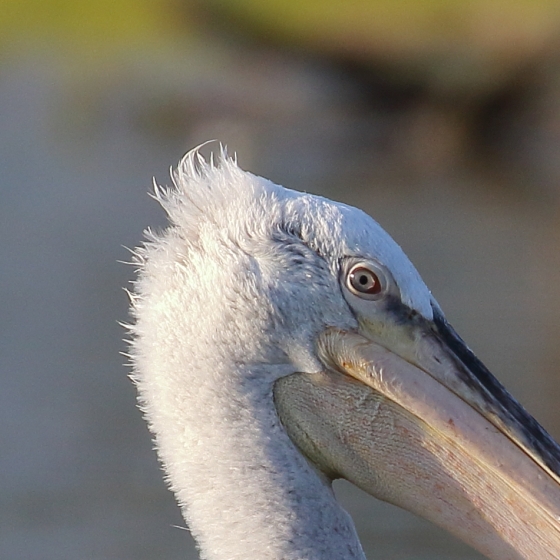Dalmatian Pelican

Introduction
Fossil and archaeological records show that the Dalmatian Pelican bred in Britain until medieval times (a victim of wetland drainage). It is now an extremely rare visitor from south-east Europe and occasional escapee from waterbird collections.

Key Stats
Status and Trends
Conservation Status
Population Size
Population Change
Population trends of this scarce species are not routinely monitored.
Distribution
This vagrant is too rarely reported to map distribution.
Distribution Change
This vagrant is too rarely reported to map distribution change.
Seasonality
This species has been too rarely reported to BirdTrack during 2011–22 to properly assess seasonality.
Movement
Britain & Ireland movement
Biology
Survival and Longevity
Survival is shown as the proportion of birds surviving from one year to the next and is derived from bird ringing data. It can also be used to estimate how long birds typically live.
Classification, names and codes
Classification and Codes
- Order: Pelecaniformes
- Family: Pelecanidae
- Scientific name: Pelecanus crispus
- Authority: Bruch, 1832
- BTO 2-letter code: DE
- BTO 5-letter code: DALPE
- Euring code number: 890
Alternate species names
- Czech: pelikán kaderavý
- Dutch: Kroeskoppelikaan
- French: Pélican frisé
- German: Krauskopfpelikan
- Spanish: Pelícano ceñudo
More Evidence
More evidence from Conservation Evidence.com
Partners
Citing BirdFacts
If you wish to cite particular content in this page (e.g. a specific value) it is best to use the original sources as linked in the page. For a more general citation of the whole page please use: BTO (20XX) BirdFacts Species: profiles of birds occurring in the United Kingdom. BTO, Thetford (www.bto.org/birdfacts, accessed on xx/xx/xxxx).

